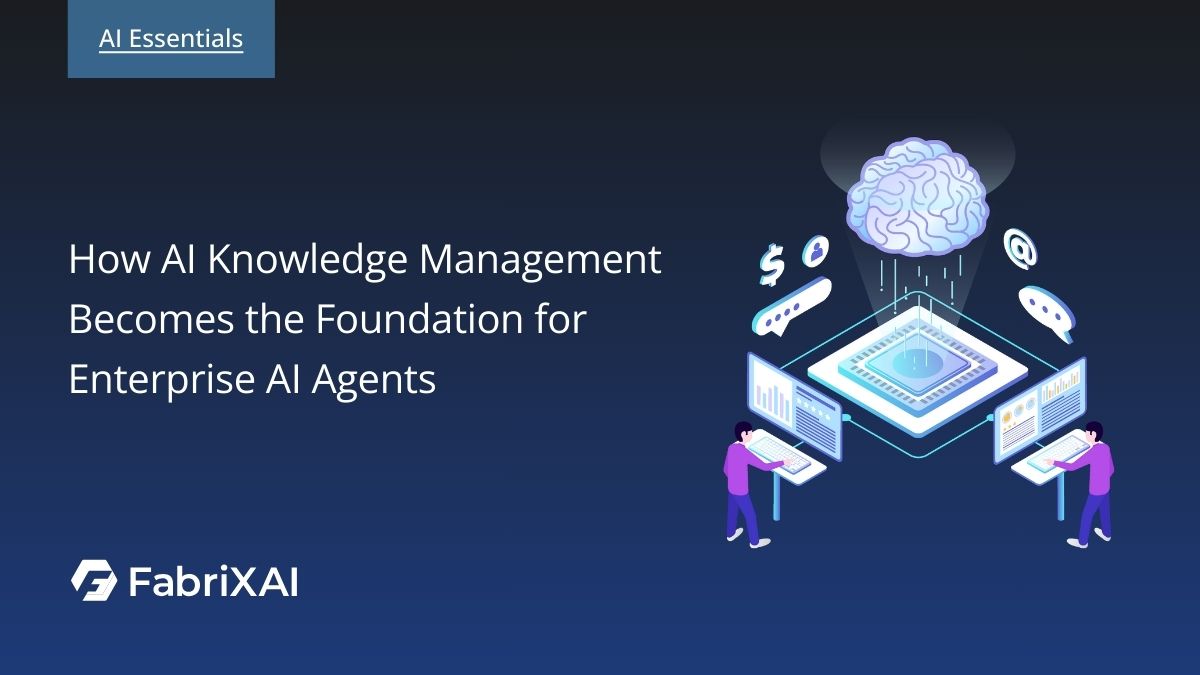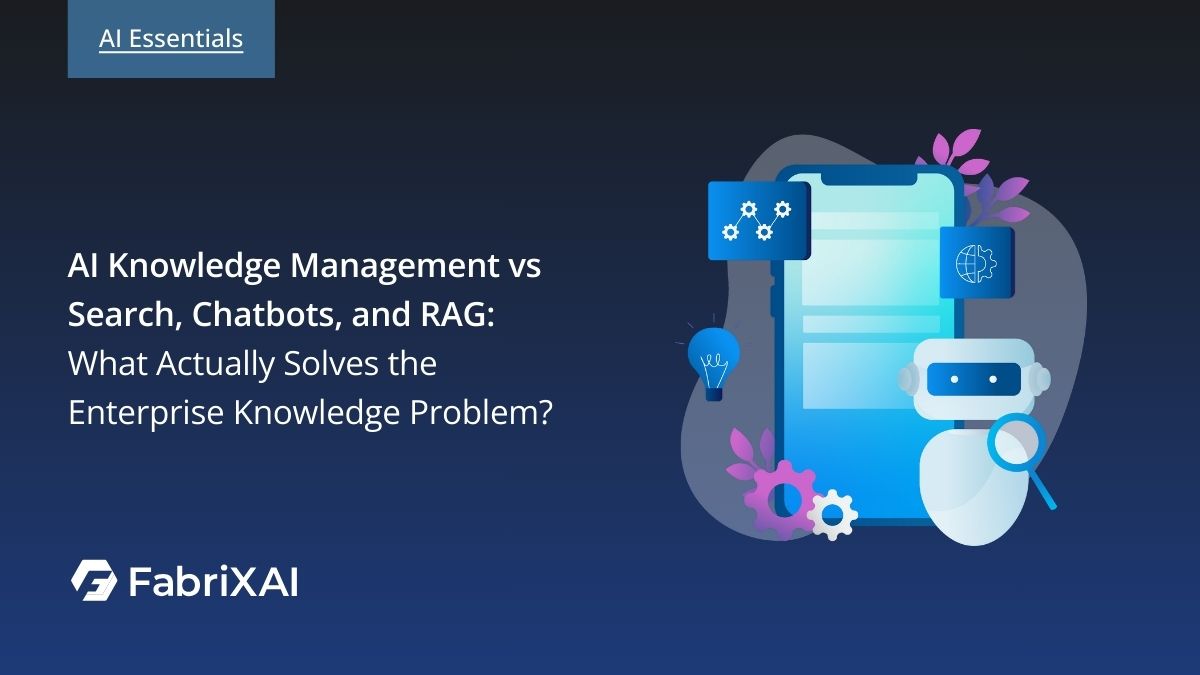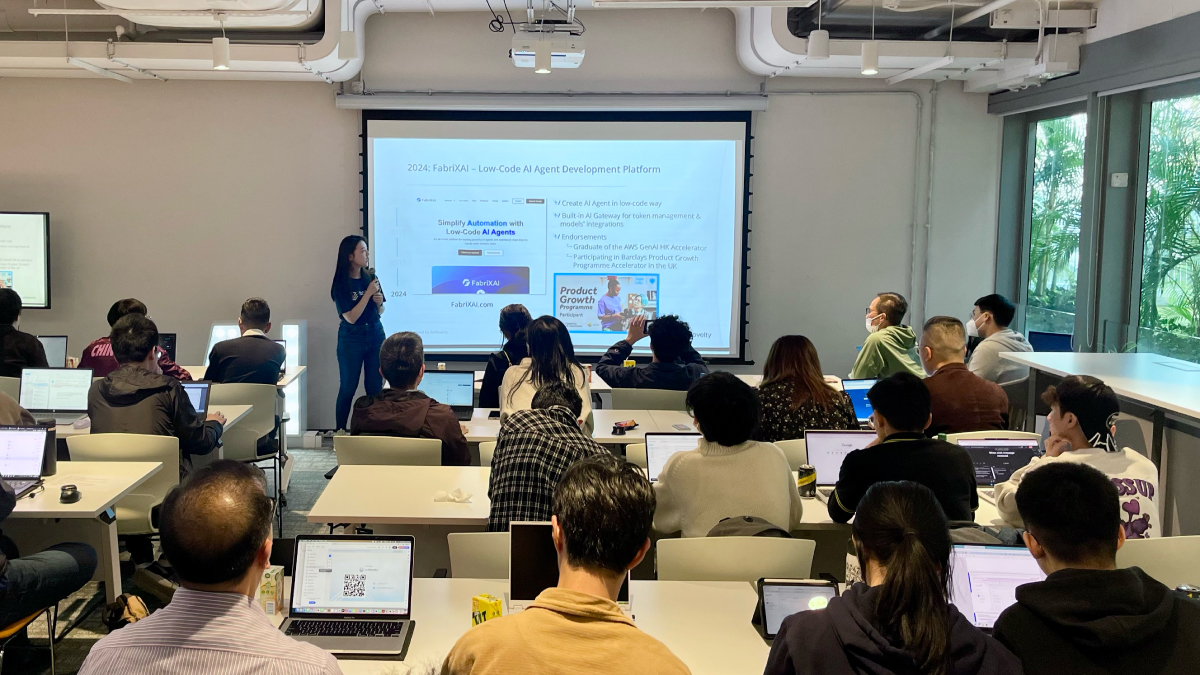The Journey of Machine Learning: From Concept to Reality

In a world increasingly driven by data, machine learning has emerged as a game-changer, unlocking new possibilities and insights. This branch of artificial intelligence empowers systems to learn from past experiences, paving the way for smarter solutions and innovations. This article will explore the essence of machine learning, tracing its historical milestones, examining the core components that make it function, highlighting practical applications across various industries, and discussing the challenges that must be addressed to fully harness its potential.
What is Machine Learning?
Machine learning is a field of computer science that focuses on the development of algorithms and statistical models that allow computers to perform specific tasks without using explicit instructions. Instead, these systems learn from data and improve their performance over time. The primary goal of machine learning is to enable machines to learn autonomously and make predictions or decisions based on input data.
History of Machine Learning
The evolution of machine learning is marked by several significant benchmarks that have shaped the way algorithms are developed and evaluated. These milestones not only provided standards for performance but also spurred advancements in accuracy, computational speed, and efficiency.
1. Perceptron (1958)
Developed by Frank Rosenblatt, the Perceptron was one of the earliest artificial neural networks capable of learning from data. While it laid the foundation for future neural network designs, it could only classify linearly separable data. This limitation prompted the creation of multi-layer networks and backpropagation techniques, which enhanced the ability to learn complex patterns more accurately and efficiently.
2. MNIST Database (1998)
Created by Yann LeCun and his team, the MNIST dataset consists of 70,000 handwritten digit images and became a standard benchmark for image classification algorithms. With the advent of Convolutional Neural Networks (CNNs), models like LeNet-5 achieved over 99% accuracy on this dataset. The success on MNIST accelerated advancements in deep learning, improving both training times and model architectures.
3. ImageNet (2010)
ImageNet is a large visual database that has been crucial for research in visual object recognition. The ImageNet Large Scale Visual Recognition Challenge (ILSVRC) highlighted the capabilities of deep learning. The introduction of AlexNet in 2012 marked a pivotal moment, achieving a top-5 error rate of just 15.3%, nearly half of the previous year's best. This breakthrough demonstrated the potential of deep learning and CNNs, leading to further innovations in image recognition technologies.

4. COCO (Common Objects in Context) (2014)
The COCO dataset expanded the scope of object detection, segmentation, and captioning with images containing complex scenes and multiple objects. Benchmarks established by COCO have led to improvements in algorithms such as Faster R-CNN and YOLO, which now deliver higher accuracy and faster inference times. These advancements are vital for real-time applications, including autonomous vehicles and security systems.
5. GLUE (General Language Understanding Evaluation) (2018)
GLUE is a benchmark that assesses models on various natural language understanding tasks, such as sentiment analysis and question answering. The introduction of BERT (Bidirectional Encoder Representations from Transformers) set new standards across GLUE tasks, achieving state-of-the-art results. BERT’s architecture enabled a deeper contextual understanding of language, improving accuracy and efficiency in natural language processing.
6. MLPerf (2018)
MLPerf serves as a benchmark suite to evaluate the performance of machine learning hardware, software, and cloud platforms across a range of tasks, including image classification and reinforcement learning. This benchmark has driven enhancements in hardware efficiency and model training times, providing a standardized way to measure performance and encouraging optimizations for speed and efficiency.
The progression of machine learning benchmarks has been instrumental in advancing the field. Each benchmark not only serves as a tool for evaluating algorithms but also drives innovations that enhance accuracy, computational speed, and overall efficiency. As machine learning co
How Machine Learning Works
Machine learning is a complex field that encompasses several key components, each playing a crucial role in the development and effectiveness of machine learning models. Understanding these components is essential for anyone looking to delve into the world of machine learning.
1. Data
Data serves as the foundation of any machine learning algorithm. It is the raw material from which models learn and make predictions. The quality and quantity of data are critical; high-quality data ensures that the model can learn effectively and produce accurate results. Data can come from various sources, including databases, APIs, and real-time data streams. It is important to note that data preparation is an ongoing process, as new data may require continuous updates and refinements to maintain model accuracy and relevance.
2. Features
Features are the individual measurable properties or characteristics used to represent the data. They are the inputs that the machine learning model uses to learn patterns and make predictions. Selecting the right features is vital, as they directly influence the model's performance. Feature engineering, which involves creating new features or modifying existing ones, can significantly enhance the model's ability to capture relevant information from the data. Techniques such as normalization and encoding are often employed to prepare features for analysis.
3. Algorithms
Algorithms are the mathematical models that process the data to learn patterns and make predictions. They serve as the backbone of machine learning, transforming input data into actionable insights. There are various types of algorithms, each suited for different tasks. For further information or common algorithms, check out the article Exploring AI Algorithm: In-Depth Insight.
4. Training
Training is the process of feeding data into the algorithm to help it learn from the input patterns. During this phase, the model adjusts its internal parameters based on the data it receives, aiming to minimize errors in its predictions. The training process often involves splitting the data into training and validation sets to ensure that the model learns effectively without overfitting to the training data. This iterative process allows the model to refine its understanding of the underlying patterns in the data.
5. Testing
After training, the model undergoes testing, where it is evaluated on new, unseen data to assess its performance and accuracy. This step is crucial for determining how well the model generalizes to real-world scenarios. Testing helps identify any weaknesses in the model and provides insights into areas for improvement. Metrics such as accuracy, precision, recall, and F1 score are commonly used to evaluate model performance, ensuring that the model meets the desired standards before deployment.
In summary, the interplay between data, features, algorithms, training, and testing forms the core of machine learning. Each component is essential for building robust models that can learn from data and make accurate predictions.
Real-World Applications of Machine Learning
Machine learning (ML) has a wide range of applications across various industries, enabling companies to enhance their operations, improve customer experiences, and drive innovation. Here are some notable applications of machine learning, along with explanations and real-world examples from well-known companies:
1. Recommendation Systems
Machine learning algorithms analyze user behavior and preferences to suggest products or content that users are likely to enjoy. This application is prevalent in e-commerce and streaming services.
- Example: Amazon uses machine learning to power its recommendation engine, which suggests products based on users' browsing history, purchase patterns, and preferences. This system is estimated to account for a significant portion of Amazon's sales, as it effectively personalizes the shopping experience for each customer.
2. Fraud Detection
Machine learning models can identify unusual patterns in transaction data, helping to detect and prevent fraudulent activities in real-time.
- Example: PayPal employs machine learning algorithms to analyze transaction data for signs of fraud. By examining factors such as transaction location, user behavior, and historical data, PayPal can flag potentially fraudulent transactions, enhancing security for its users.
3. Natural Language Processing (NLP)
NLP involves the use of machine learning to understand and generate human language, enabling applications like chatbots and sentiment analysis.
- Example: IBM Watson utilizes NLP to provide businesses with insights from unstructured data, such as customer feedback and social media interactions. This technology helps companies understand customer sentiment and improve their services based on real-time feedback.
4. Image and Video Recognition
Machine learning algorithms can analyze visual data to identify objects, faces, and scenes, which is useful in various applications, from security to social media.
- Example: Facebook uses machine learning for facial recognition in photos, automatically tagging users based on their facial features. This technology enhances user engagement and simplifies the process of sharing and organizing photos.
5. Healthcare Diagnostics
Machine learning is increasingly being used in healthcare to analyze medical data, aiding in the diagnosis and treatment of diseases.
- Example: Google Health has developed machine learning models that assist in diagnosing diseases from medical images, such as detecting breast cancer in mammograms. These models have shown to outperform human radiologists in certain cases, leading to earlier and more accurate diagnoses.
6. Autonomous Vehicles
Machine learning plays a crucial role in the development of self-driving cars, enabling them to interpret sensor data and make driving decisions.
- Example: Tesla employs machine learning algorithms in its Autopilot feature, which processes data from cameras and sensors to navigate roads, avoid obstacles, and make driving decisions. This technology is continuously improved through data collected from Tesla vehicles on the road.
7. Supply Chain Optimization
Machine learning helps companies optimize their supply chain operations by predicting demand, managing inventory, and improving logistics.
- Example: Walmart uses machine learning to forecast demand for products, allowing for better inventory management and reducing waste. By analyzing historical sales data and external factors, Walmart can ensure that products are available when customers need them.
These examples illustrate the diverse applications of machine learning across various sectors. By leveraging data and advanced algorithms, companies can enhance their operations, improve customer experiences, and drive innovation.
Challenges and Limitations of Machine Learning
Despite its advancements, machine learning faces several challenges:
- Data Quality: Poor quality or biased data can lead to inaccurate models and predictions.
- Interpretability: Some machine learning models, especially deep learning ones, act as "black boxes," making it difficult to understand how they make decisions.
- Computational Resources: Training complex models requires significant computational power and time.
- Ethical Concerns: Issues related to privacy, security, and bias in algorithms can arise, necessitating careful consideration and regulation. To understand how to deal with these ethical concerns, please refer Navigating AI Ethics: The Importance of Effective AI Governance.
Conclusion
In conclusion, machine learning stands at the forefront of technological advancement, reshaping industries and enhancing everyday life. Its ability to process vast amounts of data and learn autonomously opens up unprecedented opportunities for innovation across sectors such as healthcare, finance, and entertainment. While the journey of machine learning is marked by significant achievements, it also faces notable challenges. Ensuring data quality, model transparency, and ethical considerations remain crucial as we continue to integrate machine learning into more aspects of society. By addressing these challenges, we can fully harness the transformative potential of machine learning, paving the way for a future where intelligent systems contribute positively to human endeavors.
Frequently Ask Question about Machine Learning
1. What is the difference between supervised and unsupervised learning?
Supervised learning involves training a model on labeled data, where the desired output is known, allowing the model to learn the mapping from inputs to outputs. In contrast, unsupervised learning deals with unlabeled data, where the model tries to identify patterns and relationships without predefined labels.
2. What is overfitting in machine learning?
Overfitting occurs when a model learns the training data too well, capturing noise and outliers rather than the underlying pattern. This results in high accuracy on training data but poor performance on unseen data. Techniques like regularization, cross-validation, and pruning can help mitigate overfitting.
3. What are some common algorithms used in machine learning?
Common machine learning algorithms include:
- Linear Regression
- Decision Trees
- Support Vector Machines (SVM)
- K-Nearest Neighbors (KNN)
- Neural Networks
Each algorithm has its strengths and is suited for different types of tasks
4. How do you evaluate the performance of a machine learning model?
Model performance can be evaluated using various metrics, including accuracy, precision, recall, F1-score, and area under the ROC curve (AUC-ROC). The choice of metric depends on the specific problem and the importance of false positives versus false negatives.



